November 3, 2025
My climate journey: from awareness to action
Olga Shavrina
Photos credit - incredible Anastasia Stashevskaya (Barcelona, Spain, 2024)
It was one of those moments…
A few times in my life I was suddenly struck with a very clear feeling that changed everything that followed: “I can’t eat meat anymore,” “I can’t work here anymore,” or even “I can’t live in this city anymore.”
This time it was: “I can’t keep doing just work – it should be climate work.”
And that’s how my Climate Journey began.
I wanted to write an article about this for a long time but delayed it, because it always felt like I wasn’t “yet” in climate. Eventually I realized that it’s not an end point, it’s a way – and definitely not a straightforward one.
It was one of those moments…
A few times in my life I was suddenly struck with a very clear feeling that changed everything that followed: “I can’t eat meat anymore,” “I can’t work here anymore,” or even “I can’t live in this city anymore.”
This time it was: “I can’t keep doing just work – it should be climate work.”
And that’s how my Climate Journey began.
I wanted to write an article about this for a long time but delayed it, because it always felt like I wasn’t “yet” in climate. Eventually I realized that it’s not an end point, it’s a way – and definitely not a straightforward one.
CHAPTER ONE where it all started
So I did what I always do – I started to learn. The first step: revamping my reading list. I needed to understand what Climate Change was really about. I had some vague ideas, a few facts, and lots of blind spots, which made me very uncomfortable.
The first book I read was Bill Gates’ “How to Avoid a Climate Disaster.” Written in simple, clear language, it gives a high-level overview and important benchmarks. If you’re new to climate, this is the book to start with.
The first book I read was Bill Gates’ “How to Avoid a Climate Disaster.” Written in simple, clear language, it gives a high-level overview and important benchmarks. If you’re new to climate, this is the book to start with.

I quickly realized there was much more to it – my understanding of how the world works was shallow, and everything is connected. One book led to another. Here’s what I found especially useful and insightful:
Factfulness by Hans Rosling
How the World Really Works by Vaclav Smil
Corona, Climate, Chronic Emergency by Andreas Malm
All We Can Save by Ayana Elizabeth Johnson & Katharine K. Wilkinson
The Sixth Extinction by Elizabeth Kolbert
Speed & Scale by John Doerr
Factfulness by Hans Rosling
How the World Really Works by Vaclav Smil
Corona, Climate, Chronic Emergency by Andreas Malm
All We Can Save by Ayana Elizabeth Johnson & Katharine K. Wilkinson
The Sixth Extinction by Elizabeth Kolbert
Speed & Scale by John Doerr
I began to notice parts of the elephant in the room I had ignored for too long. But even with many more puzzle pieces, the full picture was still blurry.
The biggest problem I struggled with was this: how do you distinguish a genuinely good climate solution from greenwashing? Even if something looks good in one field, how do you know it doesn’t cause harm elsewhere?
I realized I needed a fundamental framework – a proper climate education. But that’s a story for next chapter.
The biggest problem I struggled with was this: how do you distinguish a genuinely good climate solution from greenwashing? Even if something looks good in one field, how do you know it doesn’t cause harm elsewhere?
I realized I needed a fundamental framework – a proper climate education. But that’s a story for next chapter.
ʕ•́ᴥ•̀ʔっ
CHAPTER TWO where I got a climate education with the intention of finding a climate job — but found something better.
You know how, when you set your mind on something, opportunities suddenly start popping up from everywhere? That’s exactly what happened to me, and it magically led me to Terra.do and their “Learning for Action”, a 12-week climate fellowship.
I was nervous, to be honest. The program is US-based, super intense, with 80% native speakers and people who seemed to understand climate far better than I did.
I was nervous, to be honest. The program is US-based, super intense, with 80% native speakers and people who seemed to understand climate far better than I did.

As many times before, I felt like a complete impostor. But the money was paid, the commitment made. There was no turning back.
Man, 12 intense weeks of classes, readings, homework, group assignments, and networking on top of a full-time job felt like A LOT. But it was absolutely worth it – both the money and the effort – and it became a turning point in my climate journey.
Man, 12 intense weeks of classes, readings, homework, group assignments, and networking on top of a full-time job felt like A LOT. But it was absolutely worth it – both the money and the effort – and it became a turning point in my climate journey.
What the TerraDo program gave me:
1
I met so many amazing people: C-level executives, tech, product, marketing, and sales professionals, entrepreneurs… people from diverse backgrounds with one common goal: to do more for the climate. Some of them became really good friends.
2
I built a foundation for understanding climate change – how it’s all connected, what the main drivers are, what’s at stake, and where the biggest levers for change lie.
3
I developed a framework for distinguishing good from bad – greenwashing from real solutions – and learned to see through the shades of grey.
4
And most importantly, I found my WHY which now helps me navigate the climate space and recharge my batteries.
The thing is, “climate” is wide and complex. You can’t work just in climate as many people think (I was one of them). You need to find YOUR thing, otherwise it’s a straight path to burnout, because the space can be tough. But that’s another story – I’ll tell it in CHAPTER THREE.
Did I find a climate job?
Nope :D
But I did hundreds of other things I hadn’t even imagined before, and they set me on the right path. I’ll tell you all about them in CHAPTER FOUR.
Did I find a climate job?
Nope :D
But I did hundreds of other things I hadn’t even imagined before, and they set me on the right path. I’ll tell you all about them in CHAPTER FOUR.
ʕ•́ᴥ•̀ʔっ
CHAPTER THREE where I find my WHY and open Pandora’s box
What was cool about Terra.do – apart from hundreds of other things, was that they encouraged us to reflect on what we care about the most.
So I sat down and asked myself:
- What brought me to climate?
- What makes me tick?
- What have I always gravitated toward?
I realized that since childhood, I’ve lived close to nature – playing, exploring, and interacting with life.
So I sat down and asked myself:
- What brought me to climate?
- What makes me tick?
- What have I always gravitated toward?
I realized that since childhood, I’ve lived close to nature – playing, exploring, and interacting with life.

As a kid, my favorite Sunday TV show was Jacques Cousteau’s Odyssey, and instead of comic books, I read stories about animals.
And even though I fully support carbon capture, the green energy transition, sustainable fashion, and mobility, truly MY THING is ecology, wildlife conservation, and nature regeneration.
And yes – regenerating nature, restoring land, and protecting biodiversity are HUGE parts of mitigating and adapting to climate change. I hadn’t realized this before diving deep into the abyss of climate models and governmental policies.
It meant:
And even though I fully support carbon capture, the green energy transition, sustainable fashion, and mobility, truly MY THING is ecology, wildlife conservation, and nature regeneration.
And yes – regenerating nature, restoring land, and protecting biodiversity are HUGE parts of mitigating and adapting to climate change. I hadn’t realized this before diving deep into the abyss of climate models and governmental policies.
It meant:
+
Good news: I finally got clarity on what I care about and where I want to make an impact. And tbh, it was a relief that I don’t necessarily need to work in carbon accounting
–
Bad news: I had no idea how to connect my expertise in startups and product building with ecology, wildlife, and regeneration. There are close to zero jobs at this intersection, and most startups working there are so early that they don’t need (or can’t afford) a full-time product lead yet.
Eventually, however, I found a way to connect the unconnectable. I’ll tell you about it next time in CHAPTER FOUR. Bear with me.
ʕ•́ᴥ•̀ʔっ
The more I learn about nature and non-human life, the more I realize how little we know about it, how wrong our default assumptions are, and how strong the influence of capital is on our mental models, desires, and decision-making.
There’s definitely a lot to uncover – let’s discuss it next time.
There’s definitely a lot to uncover – let’s discuss it next time.
CHAPTER FOUR where I pivot from looking for a Climate Job to Working In Climate.
While thinking about a climate job, I realized that there’s way more in life than a job. And even though it’s super important to do what you believe in professionally, it’s not less important to touch other aspects of life.
Many of the things below started naturally and small but grew into something tangible.
Many of the things below started naturally and small but grew into something tangible.

So what I did:
✭
Started with changing habits (like food and transport) and switching to the most eco-friendly products for day-to-day life possible.
✭
Published a kid’s book with stories about keystone species - “What’s the Shark’s Job?”
✭
Started a blog Planet-Friendly Choices about sustainable daily choices.
✭
Launched a consultancy to support impactful founders with product expertise in their efforts to build startups.
✭
Started to cook a wildlife educational project. It’s a secret for now. Don’t tell anyone :D
(Don’t ask me where I find time for all of this, please. I don’t know)
And you know what?
It made me feel so much better! Like I’m actually acting and using my voice for good. I also learned – and am still learning – a ton and met lots of incredible people along the way.
Regarding the full-time job:
It was time to admit that the probability of landing a climate job as a product person is very slim, especially in Europe, and start doing something smarter.
Smelled like a pivot :D
And you know what?
It made me feel so much better! Like I’m actually acting and using my voice for good. I also learned – and am still learning – a ton and met lots of incredible people along the way.
Regarding the full-time job:
It was time to admit that the probability of landing a climate job as a product person is very slim, especially in Europe, and start doing something smarter.
Smelled like a pivot :D
What HELPED ME A LOT was speaking with other product leaders who had the same desire to move into climate. Just seeing that everybody has the same struggles makes it feel much better.
One great piece of advice that I received was to broaden coverage – instead of trying to land a perfect climate job right away, take a step-by-step approach: look for something around the environmental sector where my skills and expertise can be useful. So I started to look broader.
One great piece of advice that I received was to broaden coverage – instead of trying to land a perfect climate job right away, take a step-by-step approach: look for something around the environmental sector where my skills and expertise can be useful. So I started to look broader.
And literally the next day, I was introduced to Robert Schlafer, who was building Vai – a platform to connect startups with investors and resources. I realized that there are tons of impactful startups who can benefit from this, and I’d have the possibility to help them by doing what I do best.
And it so happened that a big part of our audience are impactful startups and investors, and we already collaborate with climate-focused partners. So even though Vai is formally sector-agnostic, its climate angle is super strong – which couldn’t make me happier.
So with this, I wrap up the story of my Climate Journey… for now. It’s just the beginning. More interesting things are yet to come, I’m sure.
BTW, I activate the #OpenDoorClimate tag and am happy to chat with everybody who is struggling on their journey – don’t hesitate to drop me a message, I’ll be happy to hear your story.
And it so happened that a big part of our audience are impactful startups and investors, and we already collaborate with climate-focused partners. So even though Vai is formally sector-agnostic, its climate angle is super strong – which couldn’t make me happier.
So with this, I wrap up the story of my Climate Journey… for now. It’s just the beginning. More interesting things are yet to come, I’m sure.
BTW, I activate the #OpenDoorClimate tag and am happy to chat with everybody who is struggling on their journey – don’t hesitate to drop me a message, I’ll be happy to hear your story.
ʕ•́ᴥ•̀ʔっ
Are you a SaaS startup founder struggling with product strategy, UX, prioritization, or execution?
See how I help founders like you gain clarity on the “why, what, and how”, and build products that drive real change faster.
As an Amazon Associate I earn from qualifying purchases.
Subscribe to blog updates
More essays for you

Olga Shavrina
Olga Shavrina: Product Leader & Startup Builder
Manage cookies
Cookie Settings
Cookies necessary for the correct operation of the site are always enabled.
Other cookies are configurable.
Other cookies are configurable.
ʕ•́ᴥ•̀ʔっ
© 2014 – 2025, Olga Shavrina